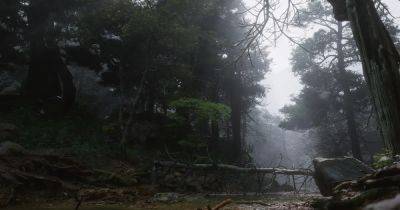Scientists think there's a 10-mile-thick layer of diamond beneath the surface of Mercury, which would make you around 876 billion Minecraft pickaxes if my math is right
Mercury is nobody's favorite planet. Our star's closest companion is a hateful little ball pocked with craters and patches of graphite, continually blasted by solar wind. But according to a recent study from a team of Chinese and Belgian scientists (via Space.com), there are diamonds under all that rough. A 10-mile-thick layer of diamond, to be specific.
Those patches of graphite I mentioned have led scientists to theorize that in Mercury's early history, it was host to an ocean of molten carbon that floated to its surface and cooled, leaving a carbon-rich mantle in its wake beneath the planet's crust. Using data from NASA'S MESSENGER spacecraft, the study calculates that a section of its mantle previously thought to be graphite may actually be a 10-mile-thick layer of diamond.
«We calculate that, given the new estimate of the pressure at the mantle-core boundary, and knowing that Mercury is a carbon-rich planet, the carbon-bearing mineral that would form at the interface between mantle and core is diamond and not graphite,» said Olivier Namur, one of the study's authors and an associate professor at KU Leuven.
Because all our greatest discoveries come from squishing things, the team compressed a synthetic approximation of Mercury's mantle in a large-volume press to emulate the pressures and temperatures of the planet's interior, simulating how the molten, carbon-rich material in Mercury's early history would have behaved.
Their simulations indicate that in Mercury's turbulent adolescence, the metal of its then-liquid core gradually crystallized. As crystallization progressed, any carbon that was present in the core was concentrated in the uncrystallized molten metal, until eventually no more carbon could be dissolved in the dwindling liquid. Diamond formed from the pressurized, insoluble carbon, and because diamond is less dense than metal, it floated upwards, gradually forming a kilometer-thick layer of diamond at the boundary between Mercury's core and mantle.
Th







